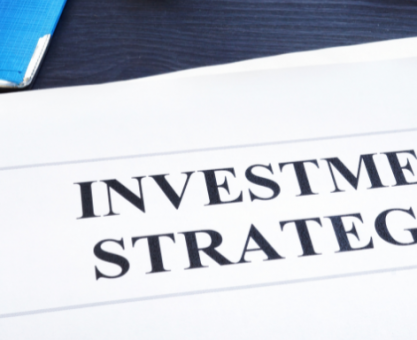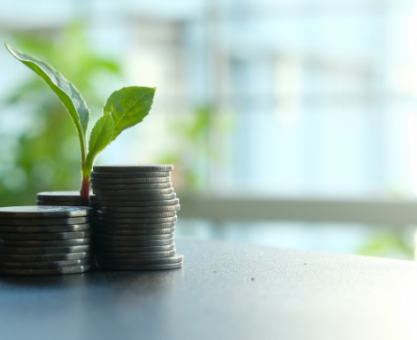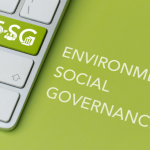Executive Summary
-
Banks are increasingly prioritizing sustainable lending to support eco-friendly projects.
-
Green finance initiatives help mitigate climate change and promote sustainable development.
-
Investors and corporations benefit from understanding how sustainable lending can enhance their ESG (Environmental, Social, and Governance) profiles.
-
This article explores the mechanisms, benefits, and challenges of sustainable lending, providing strategic insights and real-world examples.
Introduction
As climate change becomes one of the pressing challenges of our time, both investors and financial institutions are seeking ways to contribute to a sustainable future. One avenue gaining significant traction is sustainable lending, where banks offer financial products that support environmentally friendly projects. Understanding sustainable lending is crucial for investors and corporations looking to align their strategies with global sustainability goals. In this article, we will delve into the importance of sustainable lending, its benefits, potential challenges, and strategic insights for leveraging these initiatives effectively.
Definitions / Context
Sustainable lending refers to financial services provided by banks and lending institutions to fund projects that deliver positive environmental or social impacts. Common examples include loans for renewable energy, sustainable agriculture, energy efficiency upgrades, green buildings, and clean transportation. The goal is to drive the transition to a low-carbon economy while meeting growing global demand for environmentally conscious solutions.
Benefits / Pros
-
Promotes Environmental Sustainability: Channels capital toward initiatives that reduce emissions, conserve energy, and protect ecosystems.
-
Enhances ESG Profile: Businesses involved in green projects often experience a boost in ESG ratings, appealing to responsible investors.
-
Favorable Loan Terms: Many green finance programs offer lower interest rates, grace periods, or longer repayment terms to incentivize participation.
-
Regulatory and Risk Mitigation: Early adoption of sustainable practices can shield businesses from future environmental compliance risks and policy shifts.
Risks / Cons / Challenges
-
High Upfront Costs: Many green projects require large initial investments in infrastructure or technology, which may strain early-stage businesses.
-
Uncertain Regulatory Landscape: Inconsistent or evolving environmental regulations can affect project viability and financing options.
-
Verification Hurdles: Meeting certification standards for green loans often requires thorough documentation, audits, and third-party validation.
Step-by-Step Process
How to Secure Sustainable Lending for Your Project
-
Define the Project Scope: Clearly articulate how the project generates environmental or social benefits.
-
Identify Financial Institutions: Research banks with strong green lending portfolios or those participating in sustainable finance frameworks.
-
Prepare Documentation: Include detailed project reports, environmental impact assessments, and future financial returns.
-
Submit a Proposal: Apply for financing through a dedicated green loan application pathway.
-
Undergo Evaluation: Participate in the bank’s due diligence process, which may include sustainability scoring.
-
Negotiate Loan Terms: Finalize terms in alignment with both financial feasibility and sustainability goals.
GreenTech Energy Solutions, a renewable energy startup, secured a $10 million loan from a leading green finance division of a global bank. Their application emphasized solar panel technology capable of reducing carbon emissions across industrial clients. As a result, the company secured flexible repayment terms and gained recognition in sustainable investment circles.
–GreenTech Energy Solutions’ Clean Tech Financing Win
Expert Tips / Strategic Insights
-
Epiidosis recommends early integration of green metrics into financial projections to appeal to sustainable lenders.
-
Collaborate with sustainability consultants to align projects with recognized environmental frameworks.
-
Track changes in national and international sustainable finance guidelines to maintain eligibility for favorable terms.
Tools / Resources / Calculators
-
Green Project Feasibility Calculator: Evaluate potential environmental and financial returns of your project.
-
Sustainable Lending Checklist: A step-by-step guide to preparing your application for green loans.
-
External Resource: IFC Green Loan Principles – Global guidelines on structuring credible green loans.
Conclusion
Sustainable lending is more than a financing method—it’s a strategic path toward building a resilient and environmentally responsible business. By participating in green finance programs, companies not only access competitive funding but also elevate their market reputation, reduce regulatory risk, and demonstrate long-term commitment to sustainability. With banks increasingly aligning their portfolios to ESG mandates, now is the ideal time for corporates to explore sustainable lending options and make an impactful transition.






















